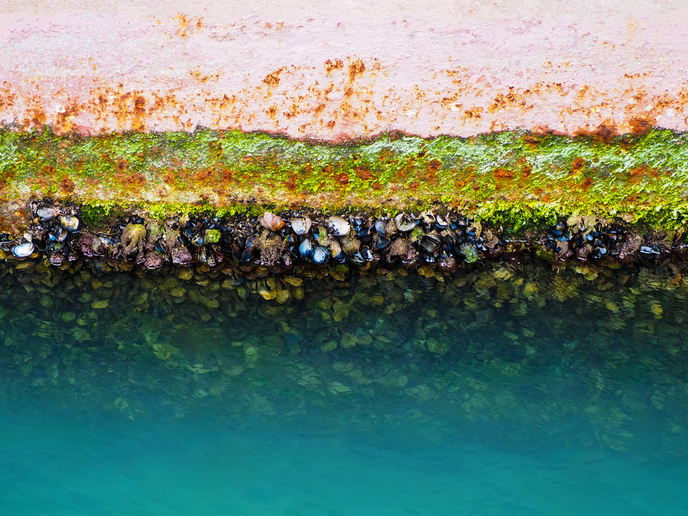Miscanthus biomass shows promise in a range of applications
Miscanthus is a low-maintenance crop. Once established, it can be harvested annually for over 20 years. As it doesn’t need much fertiliser or pesticide, it has little environmental impact and is suitable for challenging land. “Dedicating a field to a crop like miscanthus takes a mindset shift for farmers. But it offers environmental benefits, such as erosion protection, control of nitrate leaching, maintenance of biodiversity habitats and soil carbon sequestration,” says Andreas Kiesel, coordinator of the EU-funded GRACE project. GRACE received funding from the Bio-based Industries Joint Undertaking, a public-private partnership between the EU and industry. Miscanthus is currently mainly used as solid fuel for combustion, for animal bedding and as garden mulch. GRACE developed higher-value applications – including platform chemicals, building materials and natural fibre-reinforced composites. The project established regional markets for miscanthus biomass, with several bio-based products already available. “The hope is that such bioproducts build market demand, essential if miscanthus is to thrive as sustainable feedstock for the European bioeconomy,” adds Kiesel from the University of Hohenheim, the project host.
Demonstration cases
GRACE furthered the success of two previous EU-funded projects, OPTIMISC and MultiHemp, upscaling the development of novel hybrids, as well as demonstrating promising agronomy and biomass applications. For example, bioethanol was produced from second-generation miscanthus biomass (lignocellulosic non-food biomass, as opposed to first-generation biomass, mainly edible starch/sugar crops such as corn, cereals, etc.). “Combining with sequestered fermentation off-gases in expired oil wells, this bioethanol production overcompensated for the greenhouse gas emissions created during the process. The resultant carbon-negative biofuel could be useful for transport applications such as aviation,” explains Kiesel. The team also successfully demonstrated at pilot plant level the production of the platform chemical HMF, from miscanthus biomass. HMF can be used to produce PEF, a bio-based polymer which can replace fossil-based PET. Butanediol and azelaic acid were used to produce bio-based polymers which are biodegradable in soil, making them highly relevant for agriculture to overcome recycling limitations and to avoid microplastic pollution. Mulch films and planting pots were created as a proof of concept and are currently being commercialised. “We also used HMF to produce a formaldehyde-free resin which we tested as a binder for miscanthus panels. This application hadn’t been foreseen and could only be implemented due to bankruptcy of a former project partner. So, we turned a crisis into an opportunity,” adds Kiesel. Additionally, two novel miscanthus fibre reinforced composites were developed for the automotive sector. “Later this year the first car model will feature miscanthus-fibre composite dashboard elements which is a great achievement!” notes Kiesel.
Reducing European dependence
GRACE’s development of sustainable value chains and bio-based products contributes directly to the EU bioeconomy strategy and the European Green Deal. It introduces consumers to plastic alternatives, benefiting the environment with less waste, and human health with less formaldehyde exposure. “By increasing European biomass production we also minimise dependency on politically unstable regions or unsustainable feedstock sources, while developing new business models for farmers and rural areas,” says Kiesel. The project’s industrial partners are now focused on releasing their bio-based products into the market, while the scientific partners, alongside farmers, continue improving the germ plasm, agronomy and performance. As GRACE commercialised novel miscanthus hybrids, it also identified their performance in different scenarios. “Development of site-adapted and stress-tolerant varieties for marginal and challenging land has just started but will be crucial for securing sustainable feedstock supply for the growing European bioeconomy sector,” concludes Kiesel.
Keywords
GRACE, crop, biomass, miscanthus, soil, feedstock, germ plasm, farm, bio-based, plastic







